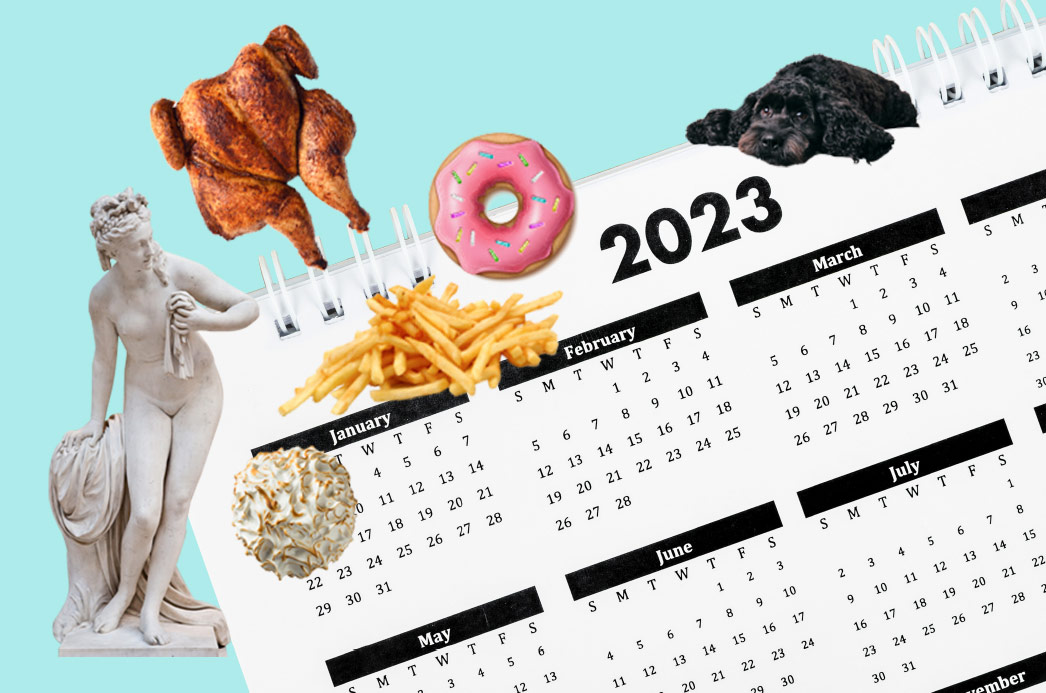Ad Age: Why Brands Love Fake Holidays – Behind Calendar Creations Like National French Fry Day.
When Checkers and Rally’s planned their annual promotion around National French Fry Day last year, the fast food chains found a marketing hook in the calendar itself.
“Traditional French Fry Day was falling on a Wednesday,” said Russ Romeo, senior director of marketing activation for Checkers Drive-In Restaurants Inc., parent of the Checkers and Rally’s brands. “It made no sense for Fry Day to fall on a Wednesday, so we wanted to take a stand.”
The idea: rally fans around getting National French Fry Day moved from July 13 (a Wednesday in 2022) to the second Friday every July. How Checkers did it opened up the brand to the nebulous world of made-up national holidays.
The holidays, which range from National Banana Day to National Nude Day, are as stunty as they sound. And brands are increasingly leaning into them—and in some cases helping to create them—as they seek new ways to connect with consumers beyond traditional TV. The rise of social media, influencers and other modern-day marketing channels must be constantly fed with new content—and fake holidays are one way to do it.
The made-up holidays have long been the “bread and butter” of lifestyle section editors desperate for ways “to keep ads from colliding into one another on the page,” said Chuck Byers, a marketing professor at Santa Clara University’s Leavey School of Business.
But brand interest in the holidays has catapulted them into a new wave of popularity.
“I think they do work,” Byers said. “Looking at it from a marketing standpoint, it becomes a legitimate tool because it can provide information to users, and to media, and the earned media that is a service to all three audiences. At its best, it’s a very legitimate function that can serve the interest of 360-degree audiences. And a touch of ridiculousness and a tad of humor doesn’t hurt anybody.”





